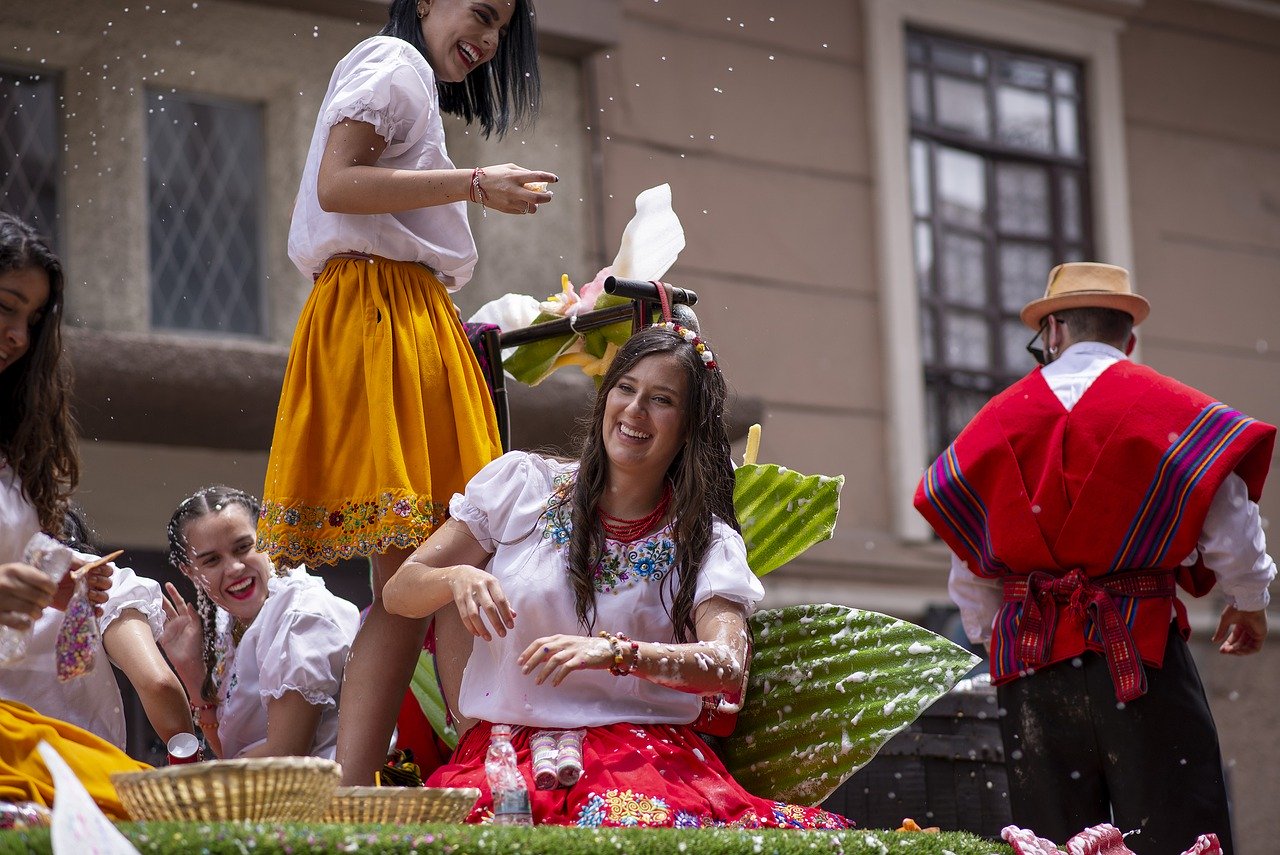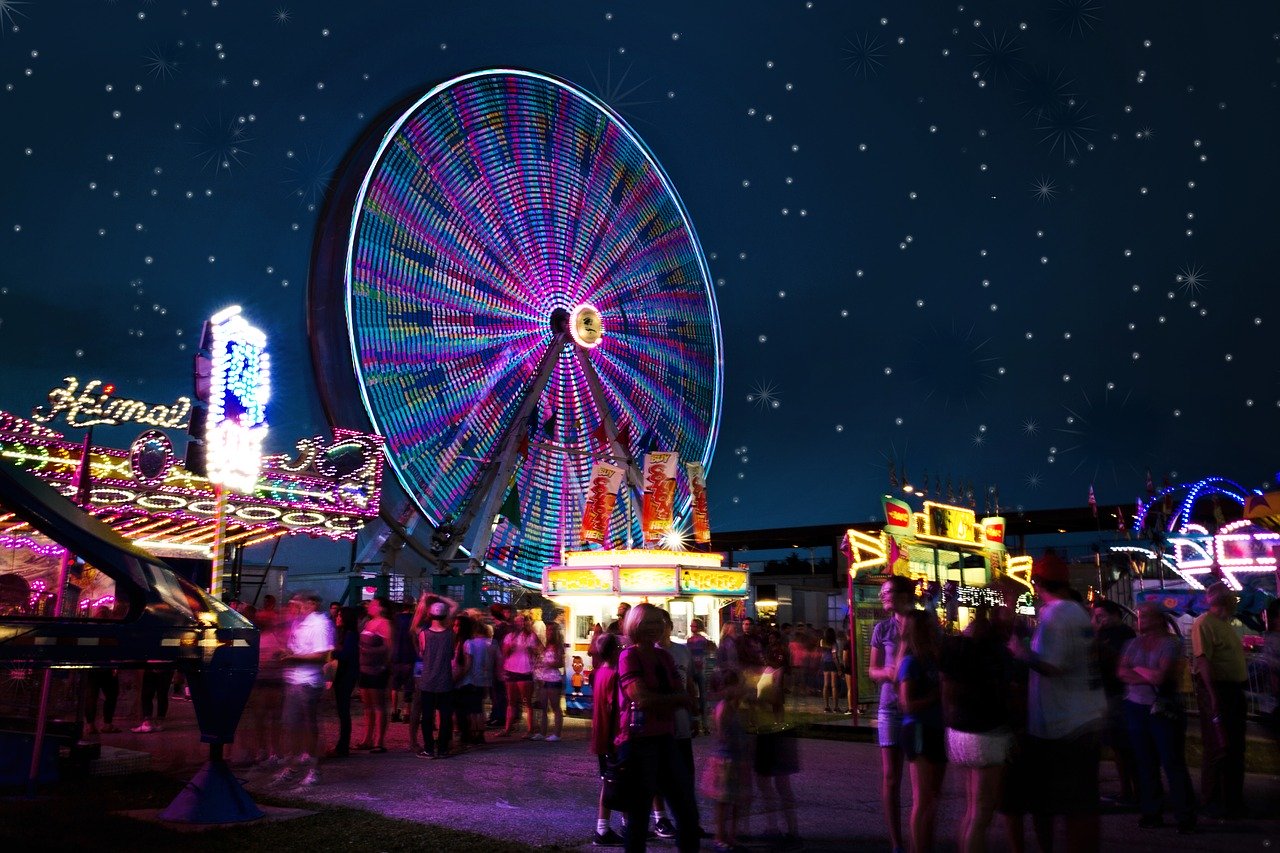For centuries, tourists in Italy wore masks to join parades and parties for carnival. This nationwide celebration took place before Lent had been fasting for 40 days; The name is derived from the Italian word 'corn', which means meat (meat alone is not the only thing to give up). Venice's festival is widely known, and almost every other city or village in Italy has its own beloved festivals; Here are the best places to experience these joyous traditions.
Floral floats in Acireale, Sicily
The annual baroque festival of the Baroque in Acireale, a coastal city on the island of Sicily, is often described as the most beautiful place in Italy. There are three different types of floats; paper-mâché Floating figurative and quirky themes floats made of real flowers, and - last but not least - small floats.
Masked spectators and costumed dancers hold weekly musical street chess tournaments and huge fireworks displays. The 2018 run runs from January 28th to February 18th.
Battle of the Oranges in Ivrea, Piedmont
For a genuinely colorful and colorful carnival, head to Ivory City. Locals revive the historical moment of liberation from the hateful Rhino de Byndrate Orange Battle of the 12th century. It makes it a vibrant color.
It's the biggest food fight in Italy, and you can join the Arancheri (orange throwers), or wear a red hat to show that you are not participating in the fight (even if it does not protect you from flying fruit). The 2018 celebration will take place from 8 to February 13th.Wooden masks in Mamoiada, Sardinia
The festival of Mamoyada is one of the oldest in Europe and is thousands of years old. Ancient, ancestral rites and ceremonies featured characters known as 'mammothons' and 'isohodores'. Mammoths wear black masks carved out of wood and sheepskin and goat bells on their backs.
Isopodous wear red blouses, white hats, pants, shawls, and white masks. Parading along the street in two lines parallel to live music's rhythm is quite a sight.
Puppets and chocolate in Fano, Marche
Fano, a coastal town, has been celebrating the festival since at least 1347, every Sunday before Lent. Festivals, an integral part of the city's history, were mandatory in a city prologue written in 1450. Attendance these days is voluntary, but with the traditional procession and the burning of the puppet Il Pupo, many of the original events remain. 'Ghetto', 'Sweet Rain', falling from the caramel and chocolate float into the audience.
Singing and dancing in Putignano, Apulia
The city of Putignano, Italy's longest festival home, is preparing for its 624th edition in 2018. It began in 1394 when the Saracens attacked the shores of Apulia. The governors of the city, the Knights of Malta, went to protect St. Stephen's relics, which were kept in the abbey of the nearby city of Monopoly.
The story goes that local farmers left their work in the fields and joined in the procession, dance, and singing. Thus, the Festa del Propagini was born (the day marking the official beginning of the festival), and the festivities have been growing ever since.








0 Comments